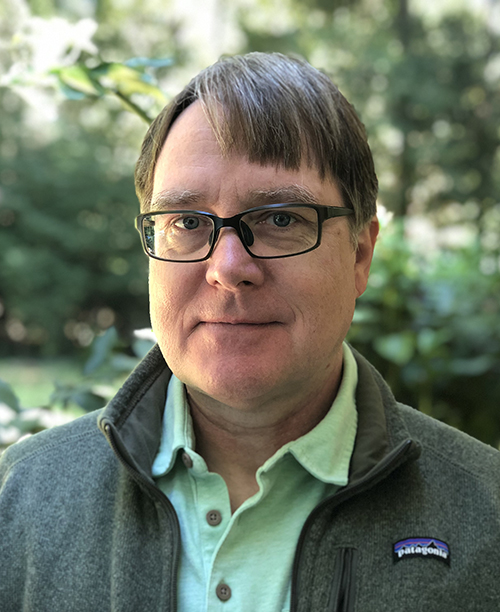
Dr. Schuck obtained his Ph.D. from the Goethe-University Frankfurt am Main, Germany, where he worked on interactions of integral proteins of the erythrocyte membrane using analytical ultracentrifugation. He received his post-doctoral research training in physical biochemistry with Dr. Allen Minton at NIDDK, and joined the Bioengineering and Physical Science Program of NCRR as a Research Fellow in 1997, developing biophysical methods for the study of protein interactions. In 2014 he was appointed an Earl Stadtman Investigator in NIBIB and Chief, Laboratory of Dynamics of Macromolecular Assembly. In 2021, he was granted tenure at NIH.
The Laoratory of Dynamics of Macromolecular Assembly develops biophysical methods to study protein interactions and the assembly of multi-protein complexes. Hallmarks of multi-protein complexes are multi-valent interactions and cooperativity. In the molecular machinery of cellular processes these constitute ubiquitous mechanisms for the integration and transfer of information. Therefore, our focus is on the development of approaches for multi-component systems where several different macromolecular components interact to allow association and dissociation of different co-existing complexes in different states. We are interested in the characterization of the number of assembly states, and their size, shape, and the interaction energetics. Complementary to crystallographic techniques, such solution interaction studies can provide information on the assembly principles of structurally polymorph multi-protein complexes.
Our group has been particularly active in the development of quantitative hydrodynamic methods using sedimentation velocity analytical ultracentrifugation in conjunction with mathematical modeling of reaction/diffusion/sedimentation processes. We have recently embarked on the development of novel fluorescence detection approaches, which allow unprecedented sensitivity and resolution. We are also pursuing other techniques, including optical biosensing, isothermal titration calorimetry and global multi-method modeling approaches. We are dedicated to the dissemination of methodology, and have implemented our computational analysis methods in widely used software.
We are involved in several collaborative applications in various fields including immunological protein complexes, viral proteins, membrane receptor complexes, and eye lens crystallins.
